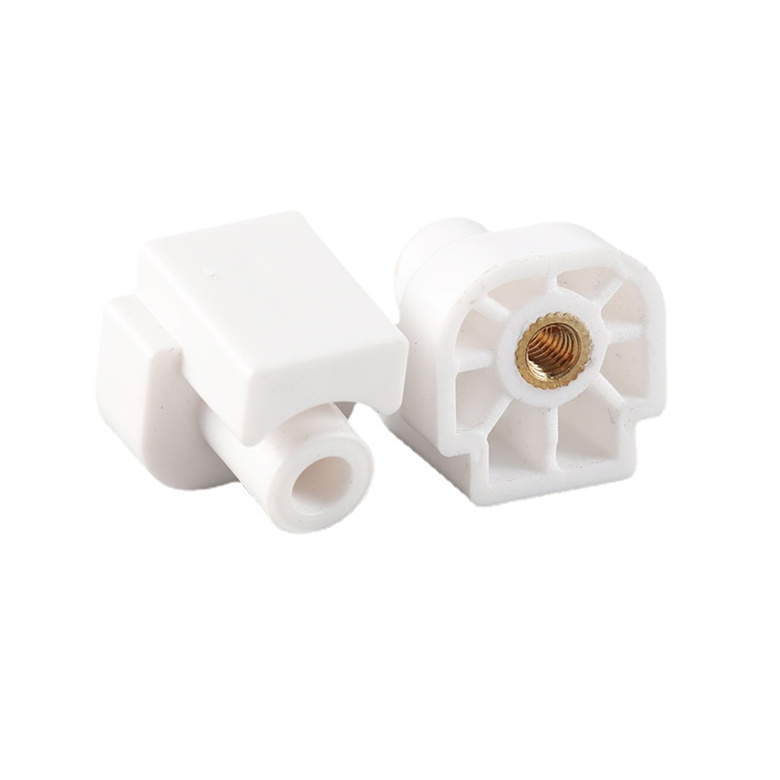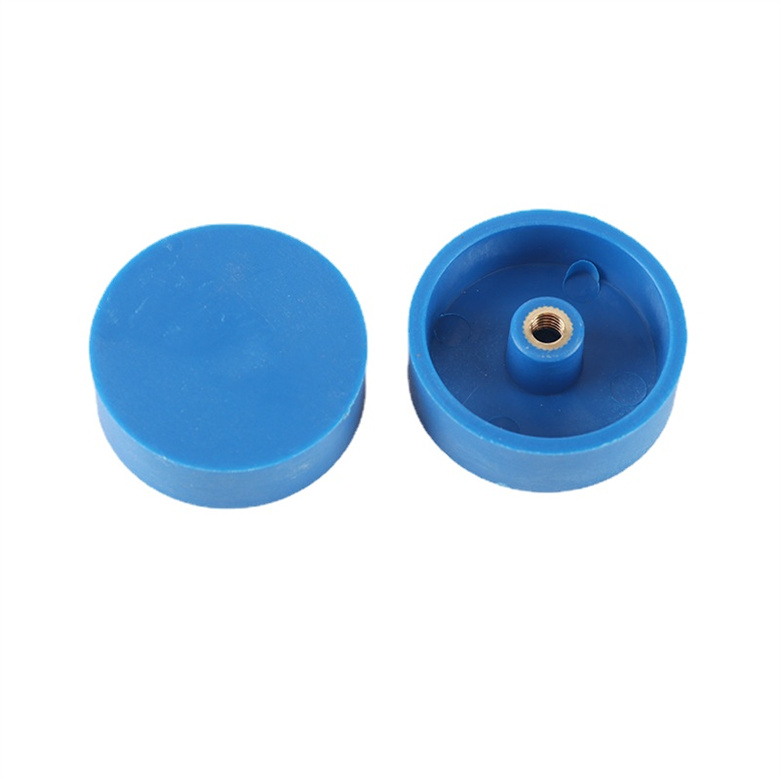Injection molding is a commonly used plastic molding method, through the melting of plastic materials into the mold, after cooling and curing to obtain the required plastic products. It is widely used in various industries, such as automotive, electronics, medical equipment and so on.

The process of injection molding can be divided into the following steps: Mold preparation: Select the appropriate mold and clean and coat it. Mold design and manufacturing is very important, it determines the size and shape of the final product. Plastic material preparation: Select the appropriate plastic raw material and heat it to a molten state. Different plastic materials have different melting points and melting temperatures, which need to be adjusted according to specific requirements. Injection molding process: Molten plastic material is injected into the injection cavity of the mold. The injection molding machine pushes the melted plastic into the mold by pressure and ensures that the entire cavity is filled. The injection time, injection speed and injection pressure need to be controlled during the injection molding process to ensure product quality. Cooling and curing: After injection molding is completed, the plastic material needs to be cooled and cured in the mold. This can be achieved through cooling systems or other cooling media to ensure the product has the required hardness and stability.  Demoulding: When the plastic is fully cured, the product can be removed from the mold. The demoulding process requires careful handling to avoid damage to the product. Post-treatment: According to needs, some post-treatment processes can be carried out on the product, such as removing burrs, grinding, painting, etc., to improve the appearance and quality of the product. plastic injection mould has many advantages. First of all, it can achieve large-scale production, suitable for high-volume production needs. Secondly, plastic injection mould can manufacture complex shapes and detailed products, such as gears, electrical housing and so on. In addition, injection molding can also realize the combination of a variety of materials, such as plastic and metal products. However, injection molding also faces some challenges. First of all, mold manufacturing and debugging require a certain amount of time and cost investment. Secondly, parameters such as temperature, pressure and speed need to be controlled during the injection molding process to ensure the quality and dimensional accuracy of the product. In addition, the treatment and recycling of waste is also an important environmental issue and requires effective treatment and recycling. In short, plastic injection mould is a commonly used plastic molding method, by melting plastic materials into the mold, after cooling and curing to get the required plastic injection parts. It is widely used in various industries and has the advantages of high efficiency, diversity and complexity. However, it is also necessary to pay attention to quality control and environmental protection requirements during injection molding.
Demoulding: When the plastic is fully cured, the product can be removed from the mold. The demoulding process requires careful handling to avoid damage to the product. Post-treatment: According to needs, some post-treatment processes can be carried out on the product, such as removing burrs, grinding, painting, etc., to improve the appearance and quality of the product. plastic injection mould has many advantages. First of all, it can achieve large-scale production, suitable for high-volume production needs. Secondly, plastic injection mould can manufacture complex shapes and detailed products, such as gears, electrical housing and so on. In addition, injection molding can also realize the combination of a variety of materials, such as plastic and metal products. However, injection molding also faces some challenges. First of all, mold manufacturing and debugging require a certain amount of time and cost investment. Secondly, parameters such as temperature, pressure and speed need to be controlled during the injection molding process to ensure the quality and dimensional accuracy of the product. In addition, the treatment and recycling of waste is also an important environmental issue and requires effective treatment and recycling. In short, plastic injection mould is a commonly used plastic molding method, by melting plastic materials into the mold, after cooling and curing to get the required plastic injection parts. It is widely used in various industries and has the advantages of high efficiency, diversity and complexity. However, it is also necessary to pay attention to quality control and environmental protection requirements during injection molding.




